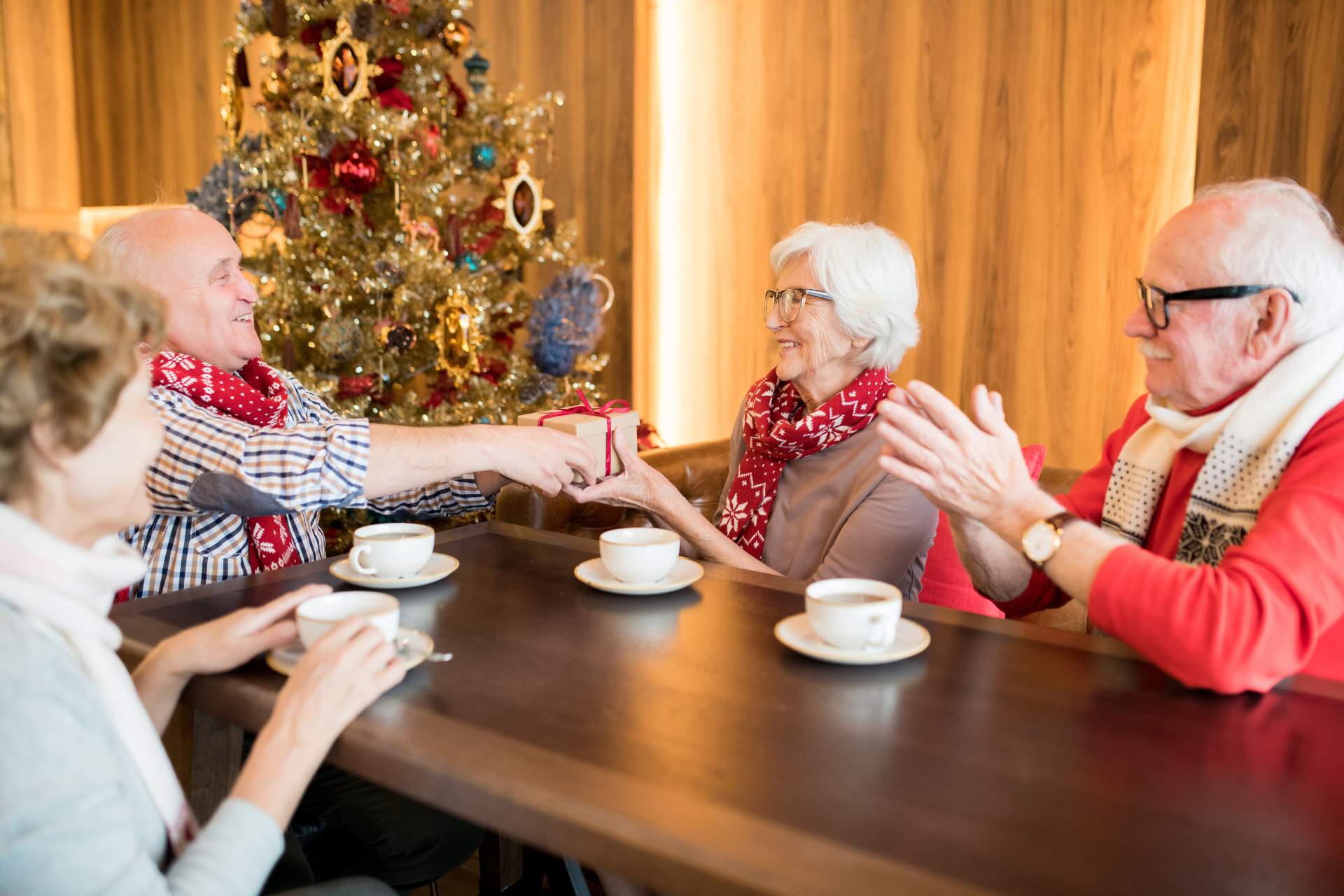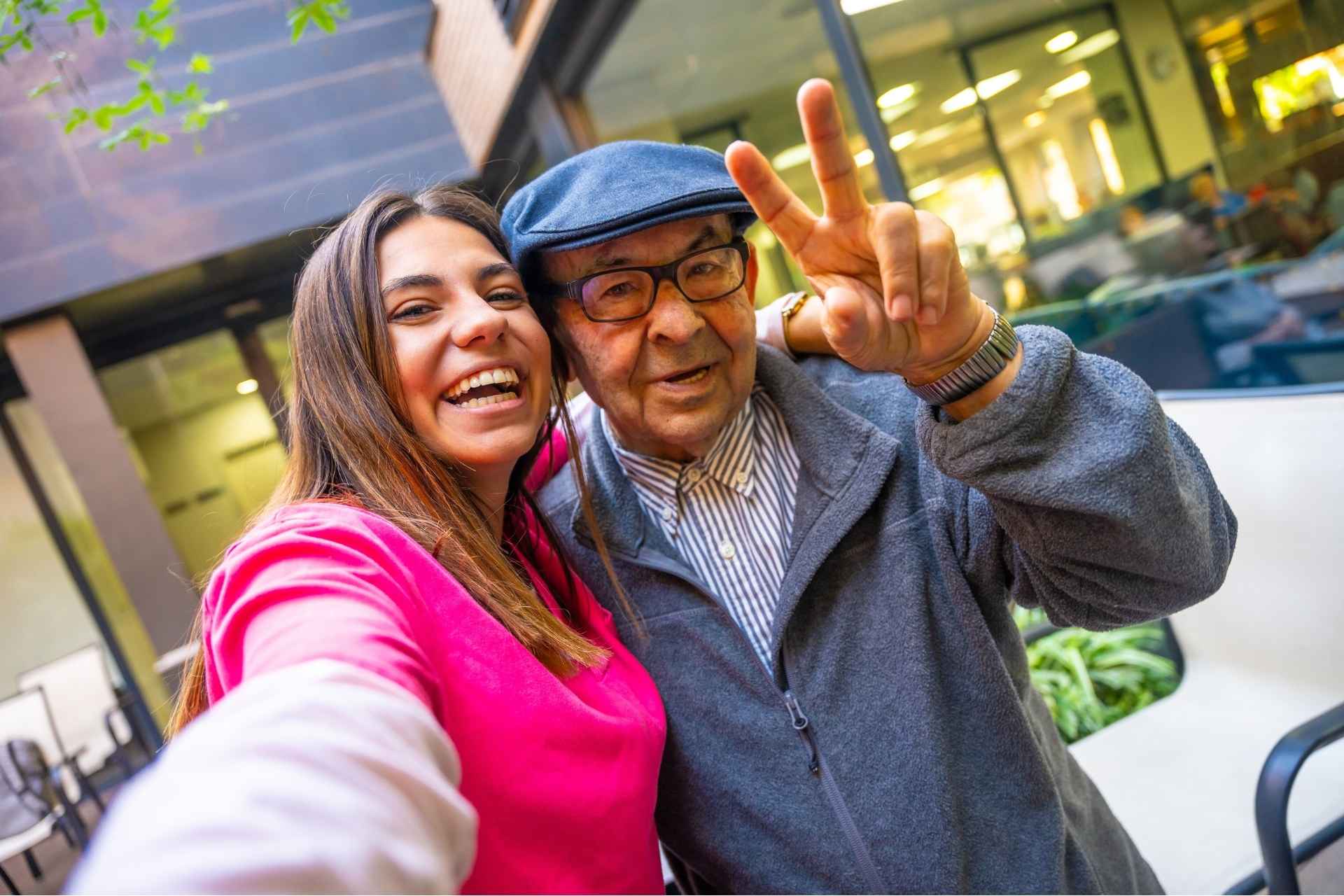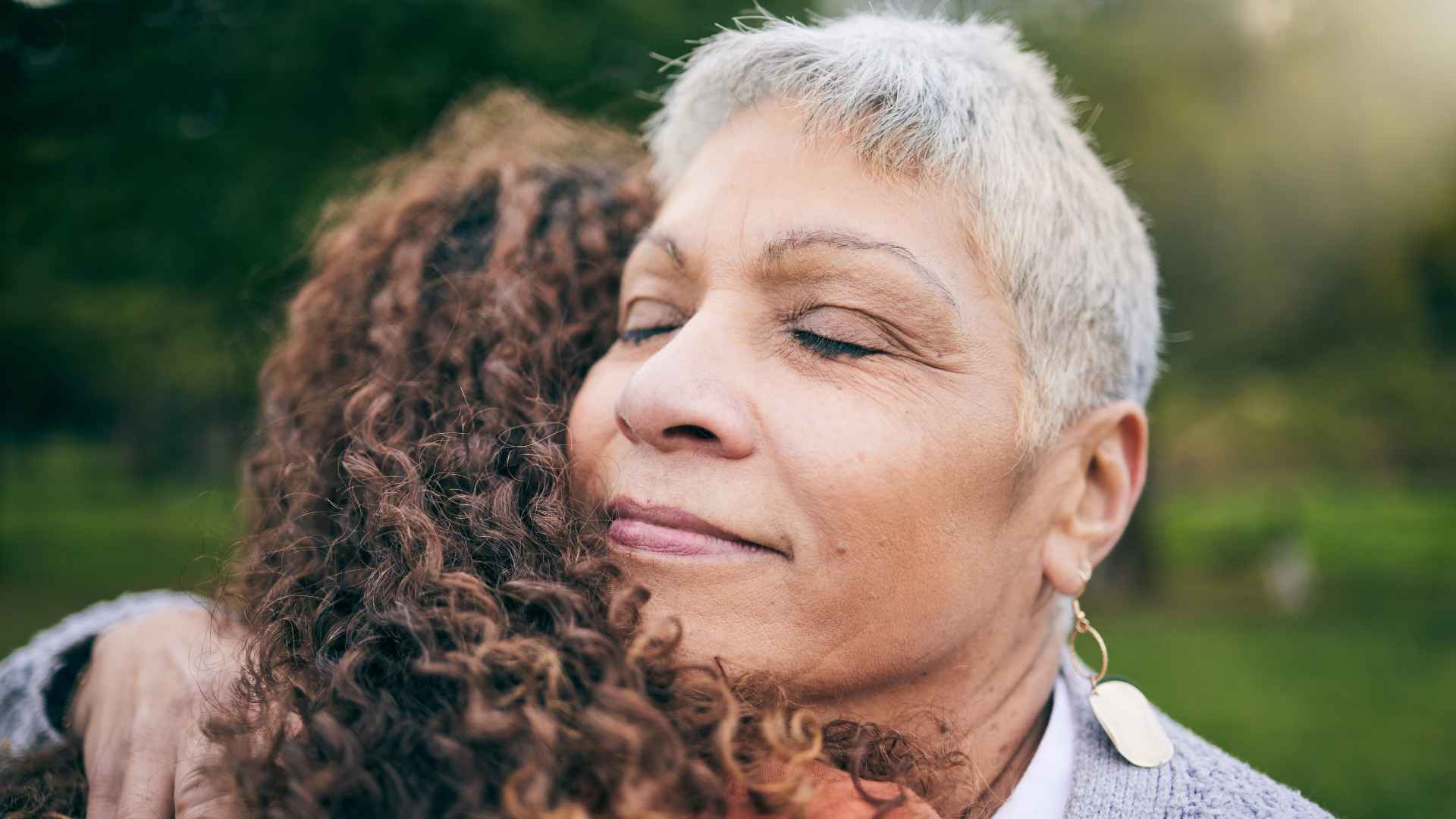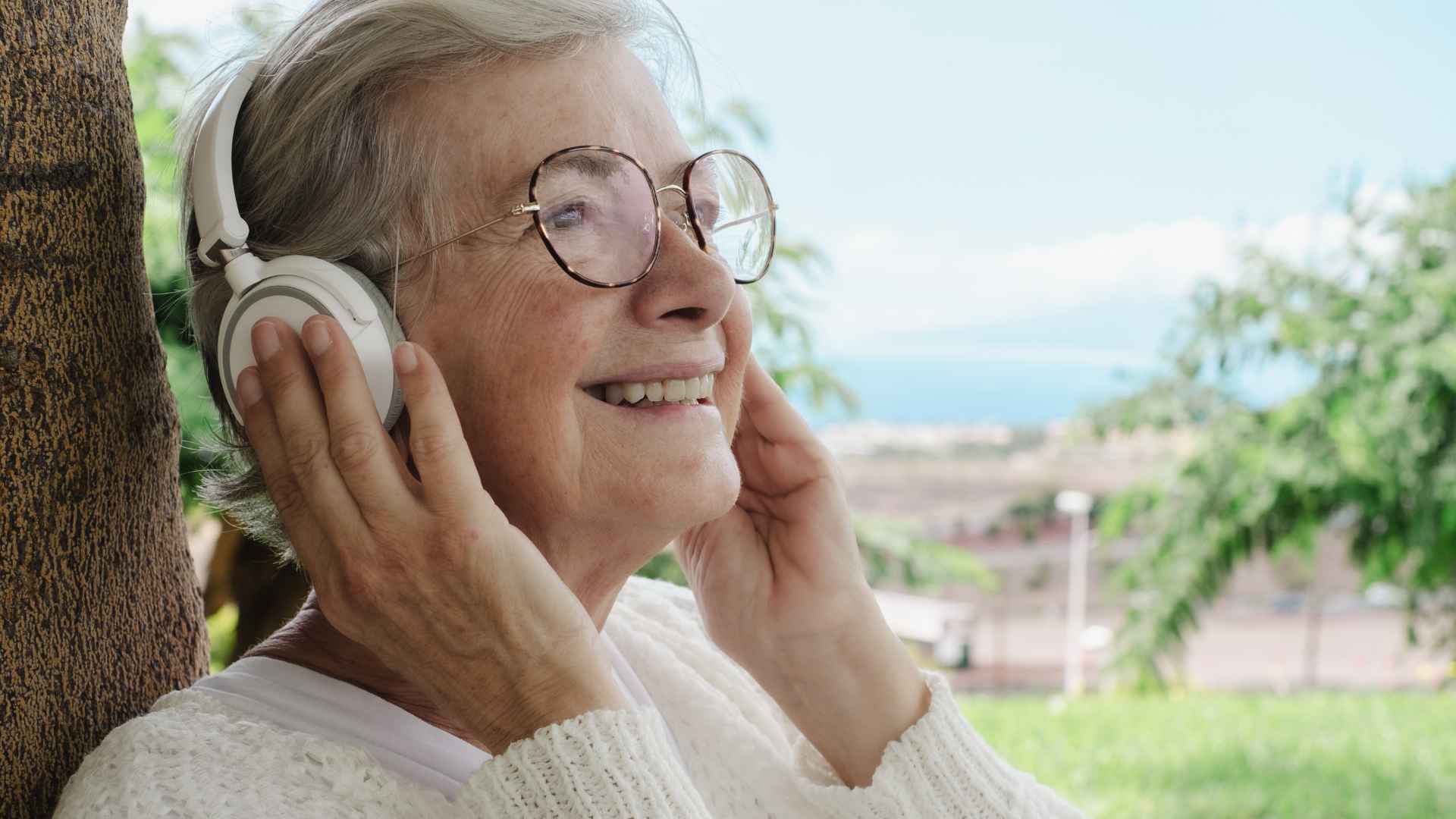Retirement is a time when many people slow down and take it easy, but that’s not the best approach when it comes to physical activity. Physical activity is essential for seniors’ physical and mental well-being. It helps seniors maintain their independence, reduce the risk of chronic diseases, and improve their overall quality of life. In this post, we’ll take a look at some tips and tricks for staying active in retirement.
THE IMPORTANCE OF PHYSICAL ACTIVITY FOR SENIORS
No matter what age you are, physical activity is an essential part of a healthy lifestyle. Regular physical activity can help seniors maintain their mobility and independence, reduce the risk of chronic diseases such as heart disease, diabetes, and osteoporosis, and improve mental health. In addition, regular physical activity can also help seniors maintain a healthy weight and reduce the risk of falls.
TYPES OF PHYSICAL ACTIVITY FOR SENIORS
There are many different types of physical activity that are appropriate for seniors, and the best type of activity will depend on your individual needs and preferences. Some popular physical activities for seniors include:
- Walking: Walking is a low-impact activity that is easy on the joints and is great for maintaining cardiovascular fitness.
- Swimming: Swimming is a great low-impact activity that provides a full-body workout and is easy on the joints.
- Cycling: Cycling is another low-impact activity that is great for maintaining cardiovascular fitness and can be done indoors or outdoors.
- Yoga: Yoga is a low-impact activity that can help seniors improve flexibility and balance.
- Local classes: Many local senior centers and community centers offer classes such as water aerobics, tai chi, and line dancing that are designed specifically for seniors.
Here are some online resources for seniors:
CREATING AN EXERCISE ROUTINE
Creating an exercise routine that works for you is essential for a senior who wants to stay active. Here are some tips for creating an exercise routine:
- Start with low-impact activities: If you haven’t been active for a while, start with low-impact activities such as walking or swimming to help your body adjust.
- Gradually increase the intensity: As your body becomes more accustomed to physical activity, gradually increase the intensity of your workout.
- Set realistic goals: Set goals that are realistic and achievable, such as walking 30 minutes a day, three times a week.
- Find an exercise partner: Having a workout buddy can make exercising more fun and help you stay motivated.
SAFETY TIPS
Safety should always be a top priority when it comes to physical activity. Here are some safety tips to keep in mind:
- Start with a low-impact workout: Gradually increase the intensity of your workout as your body becomes more accustomed to physical activity.
- Warm up and stretch properly before exercise: This will help prepare your body for physical activity and reduce the risk of injury.
- Drink plenty of water: Staying hydrated is essential for maintaining physical health.
- Wear appropriate clothing and footwear: Make sure to wear comfortable, supportive shoes and clothing that allows you to move freely.
STAYING MOTIVATED
Staying motivated to exercise can be a challenge, especially in retirement. Here are some tips for staying motivated:
- Set goals: Setting goals can help you stay motivated and focused.
- Find an exercise partner: Having a workout buddy can make exercising more fun and help you stay motivated.
- Reward yourself for reaching milestones: Give yourself a small reward when you reach a goal, such as a new workout outfit or a massage.










